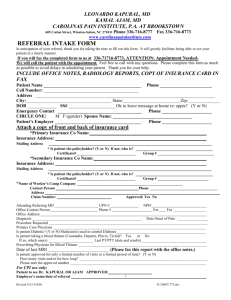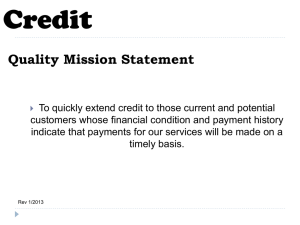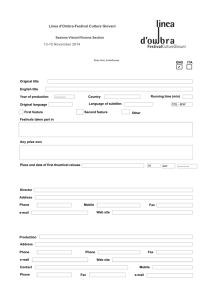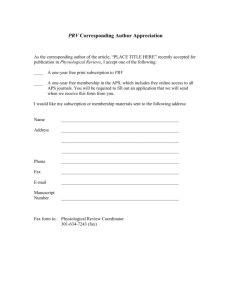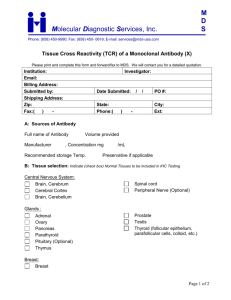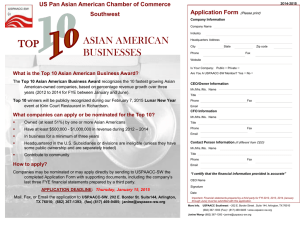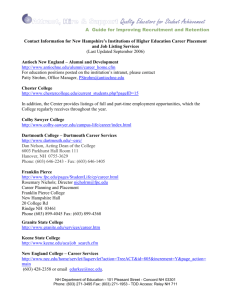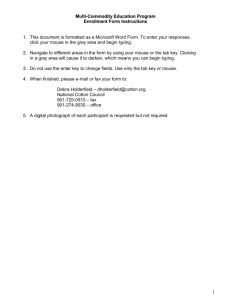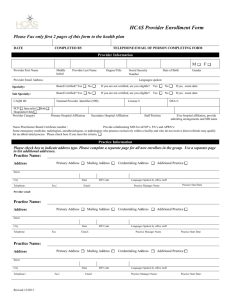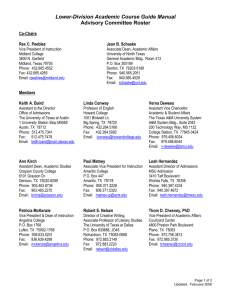engage activity
advertisement
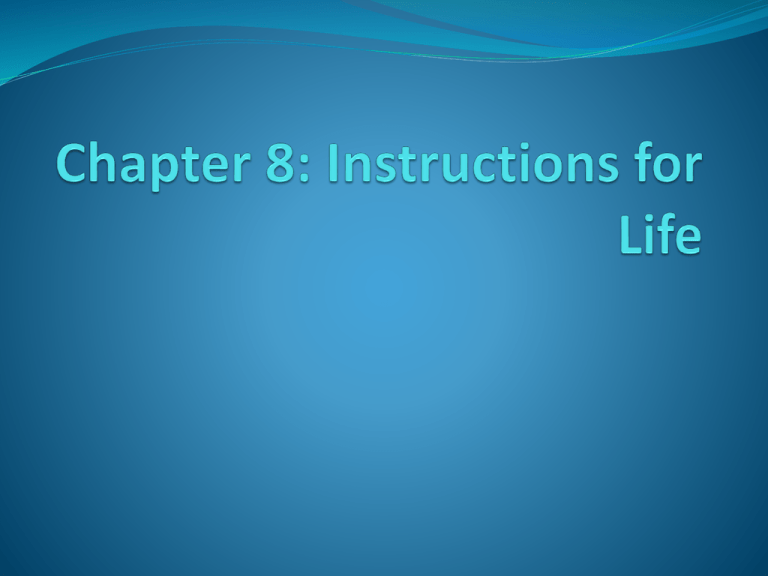
Ch 8: Instructions for Life Make a new header page for the chapter I will give you chapter goals and a rubric on Monday. Update your Table of Contents Your notebooks will be graded this chapter, so make it neat. Engage: Just the Fax p. 396 Learning Target: I can decipher a binary code and discover how only two symbols can code for a large amount of information. Update your TOC Engage: Just the Fax p. 396 Work with your partner and think of as many different types of codes as you can that can be used to relay messages. How are codes unique? Why do people use codes? Engage: Just the Fax p. 396 You are going to each get a coded message and your job will be to decode it. Follow P&P #1-7 When you have cracked your code, write the message on the board. Complete R&C #1-5 Engage: Just the Fax p. 396 Class list of decoded words: Protein Hemoglobin Actin Hormone Glucagon Myosin Venom Lactase Insulin Antibodies Fibroin Collagen Enzyme Keratin Amylase Engage: Just the Fax p. 396 R&C #1: Would you have been able to read the message if guidelines were not provided for you? Explain. Without knowing the rule, it is difficult to know where to start decoding the message. There are many ways to go about it, and guess and check would be difficult without some kind of guidance. Engage: Just the Fax p. 396 R&C #2: Digital coding only uses 2 symbols (0’s and 1’s). How many different words are on the class list? Could the same code be used to make more words? Explain. There are 15 words on the class list, which were made using only 2 symbols. These same 2 symbols could code for an almost infinite number of words because there are many, many possible arrangements of 0’s and 1’s. Engage: Just the Fax p. 396 R&C #3: The letter e is part of many words. Give 3 examples of how the addition of an “e” at the end of a word alters its meaning. How is this similar to a fax machine or a bar code? Stat – state; rat – rate; fat – fate; hat – hate; mat – mate; us – use; war – ware; The placement of the 0’s and 1’s in the fax code changes the meaning of the word, just as the addition of an “e” changes the meaning of a word. Engage: Just the Fax p. 396 R&C #4: Create a concept map using all of the words in the class list. Use linking words to show what they have in common. Protein Hemoglobin Actin Hormone Glucagon Myosin Venom Lactase Insulin Antibodies Fibroin Collagen Enzyme Keratin Amylase Engage: Just the Fax p. 396 R&C #5: You should have gathered the following information about your word: What is it? What is its function? Where is it found? What is it made of? Why is it important?
